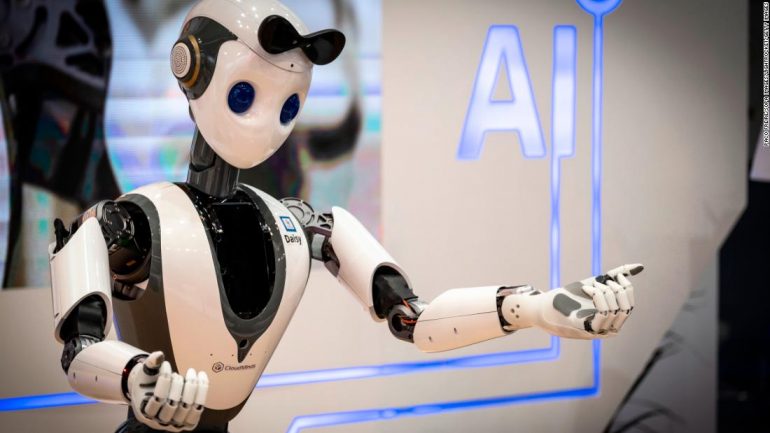The Brookfield Institute for Innovation and Entrepreneurship has released a proposed model for finding new pathways amid technological disruption to employment. The purpose of the report is to help policymakers better support less educated and mid-career workers.
“Forces such as automation, globalization, and changing consumer demands are constantly shifting the employment landscape.”
This ‘Pathways from Disruption to Employment’ report is part of a series published by the Brookfield Institute exploring employment and the role automation and market forces are having in the changing employment landscape. Earlier this year, the Brookfield Institute found that AI could potentially disrupt every industry, with all companies potentially requiring AI-related occupations by 2030, creating a highly competitive environment.
This most recent report addressed the idea that technology, specifically automation, will have the largest impact on employment, potentially eliminating certain jobs entirely. It also noted that while automation is a major influence in job disruption, it is hard to quantify and not the only issue causing disruption. The report found the forces that disrupt markets are “much broader” and include factors like globalization, climate change, changing demographics, and shifting business strategies.
“Labour market disruptions are a constant undercurrent in our economy, forces such as automation, globalization, and changing consumer demands are constantly shifting the employment landscape,” the report said. “It is the job of policymakers, educators, training organizations, and economic developers, among others, to ensure that workers have the skills, supports, and opportunities they need to develop new skills that respond to market needs.”
The report focused mostly on mid-career job transitions, while the model itself beginning with an origin job and then using skills and knowledge fit, as well as eight other factors that could potentially determine a destination job for displaced workers. Some of these factors include duration between jobs, age, gender, financial resources, credentials, and access to transportation. The Brookfield Institute partnered with MaRS to use its career information tool, Planext, in order to identify the best potential fit based on a worker’s underlying skills.

The report focused on mid-career workers as they are often the ones that face a range of barriers to pursuing new pathways. The Brookfield Institute highlighted some of these barriers, including psychological readiness to pursue new opportunities after job loss, financial and geographic constraints, in addition to firms’ hiring practices, residual skills gaps, and training needs.
The institute then looked at two career examples, applying its model to determine the best destination for motor vehicle assemblers, inspectors, and testers as an example of an origin job, suggesting good destination jobs based on skill and knowledge fit. Examples of destination jobs included mechanical engineering technologists and technicians, electrical engineering technologists, electricians, air pilots, flight engineers, and flying instructors.
RELATED: Brookfield Institute report highlights lack of accessibility to digital literacy programs
“These pathways are predominantly intra-industry, primarily because there are generally closer skills matches when transitioning within a sector and people travelling along a job pathway within an industry are more likely to carry useful sector-specific knowledge,” the report said. “However, the pathways model can also be applied to identify inter-industry pathways, although transitions between industries might require additional supports for the worker in question.”
For banking, insurance, and other financial clerks that could be disrupted by technology change, the report suggested alternatives such as financial sales representatives, human resources and recruitment officers, executive assistants, and insurance brokers and agents.
The model is based on the use of various labour market information to identify job transition pathways, including employment growth statistics, wages, and occupational projections to locate feasible transition pathways. The Brookfield Institute plans to refine this model through a subsequent phase of human-centred design research that will further explore worker and employer experiences.


